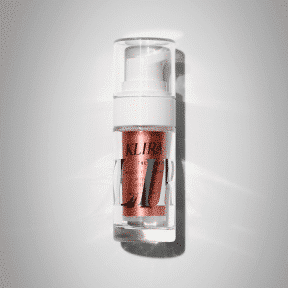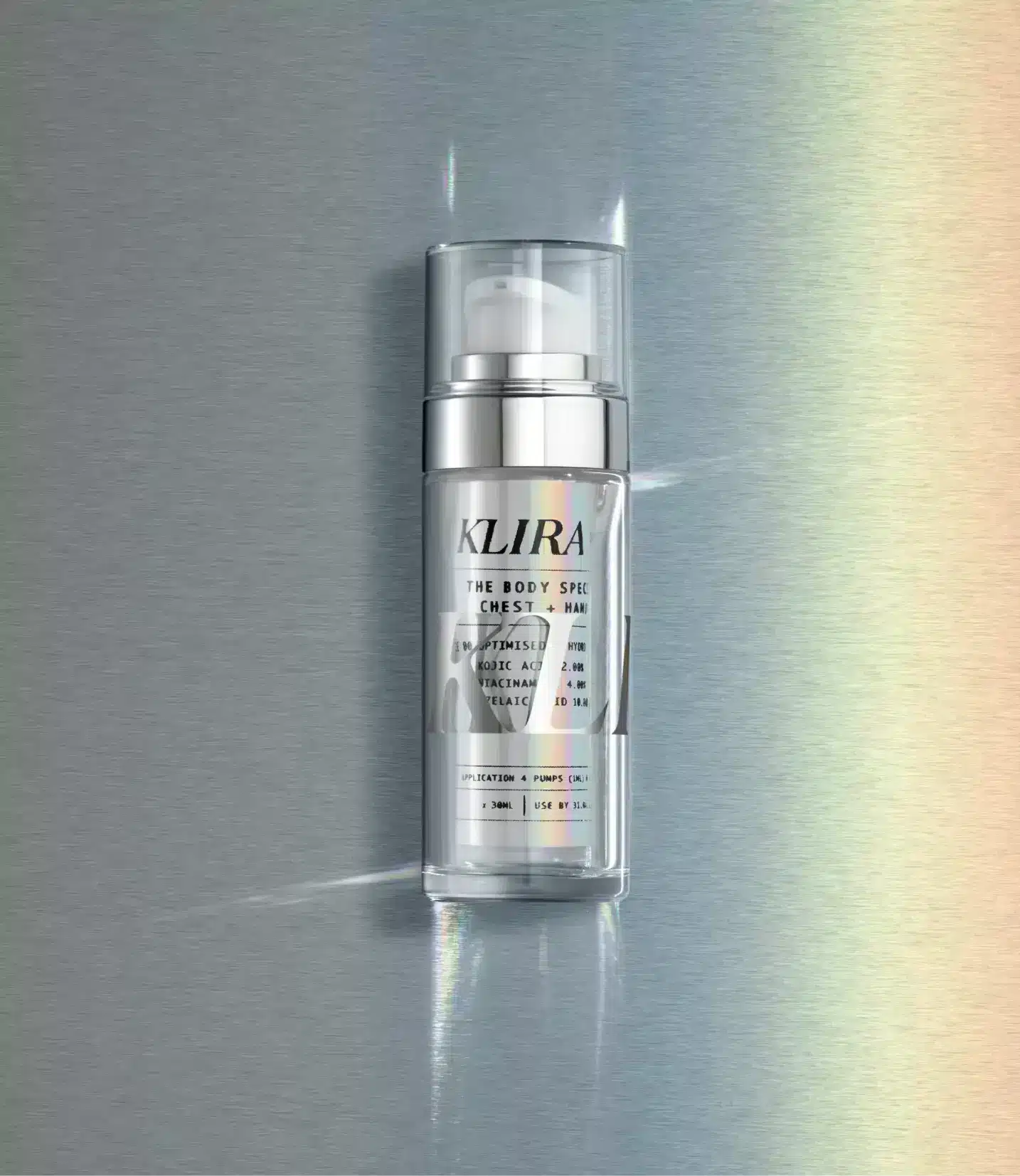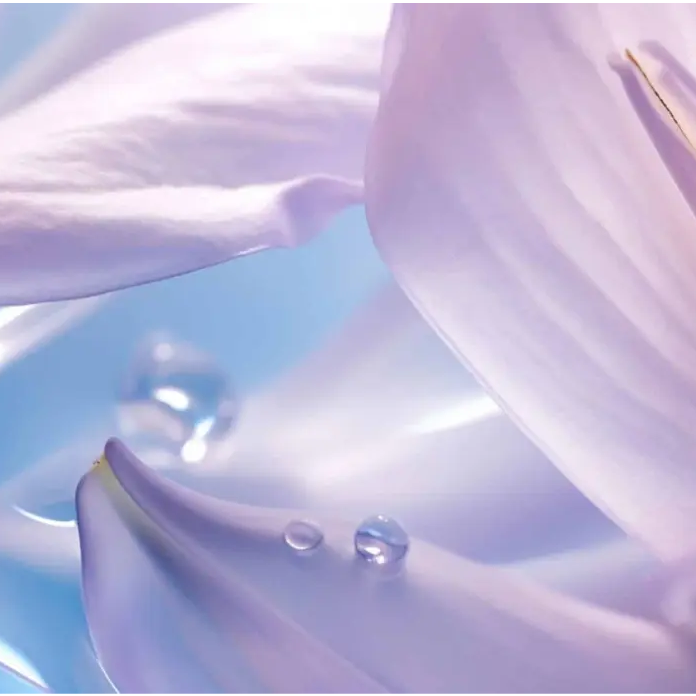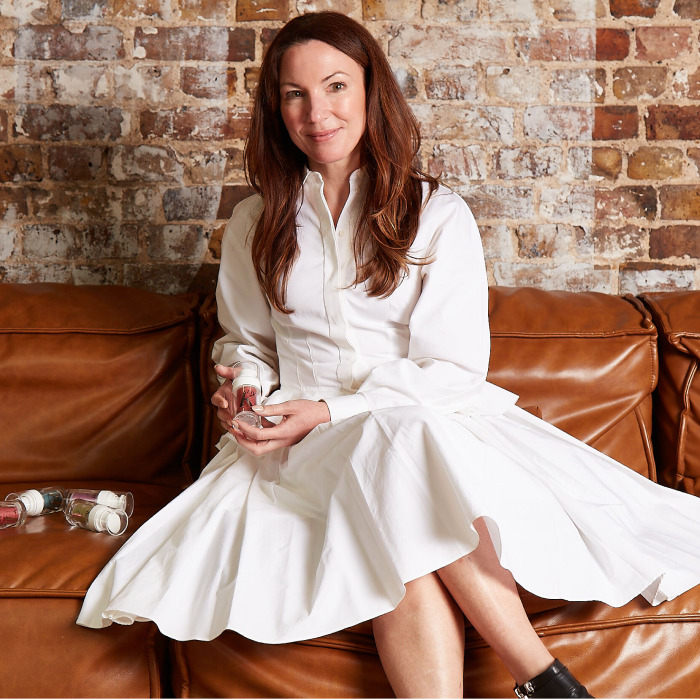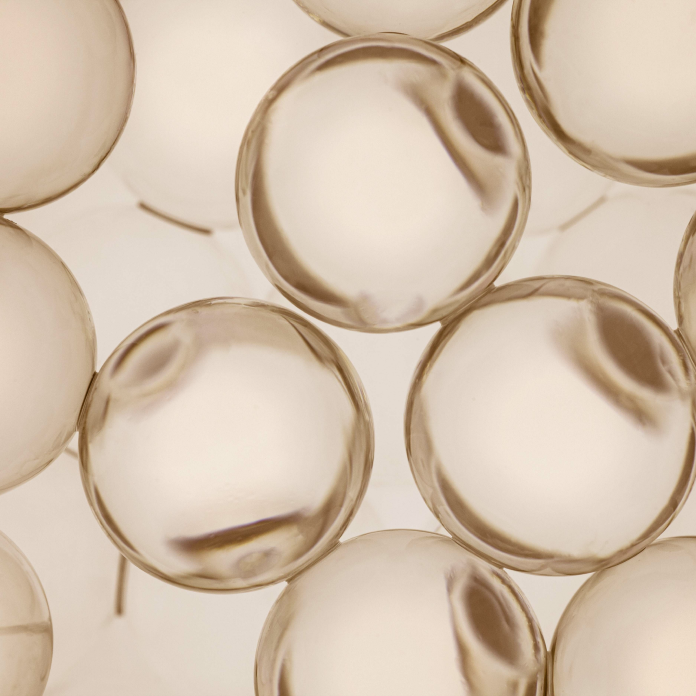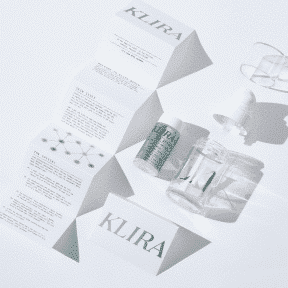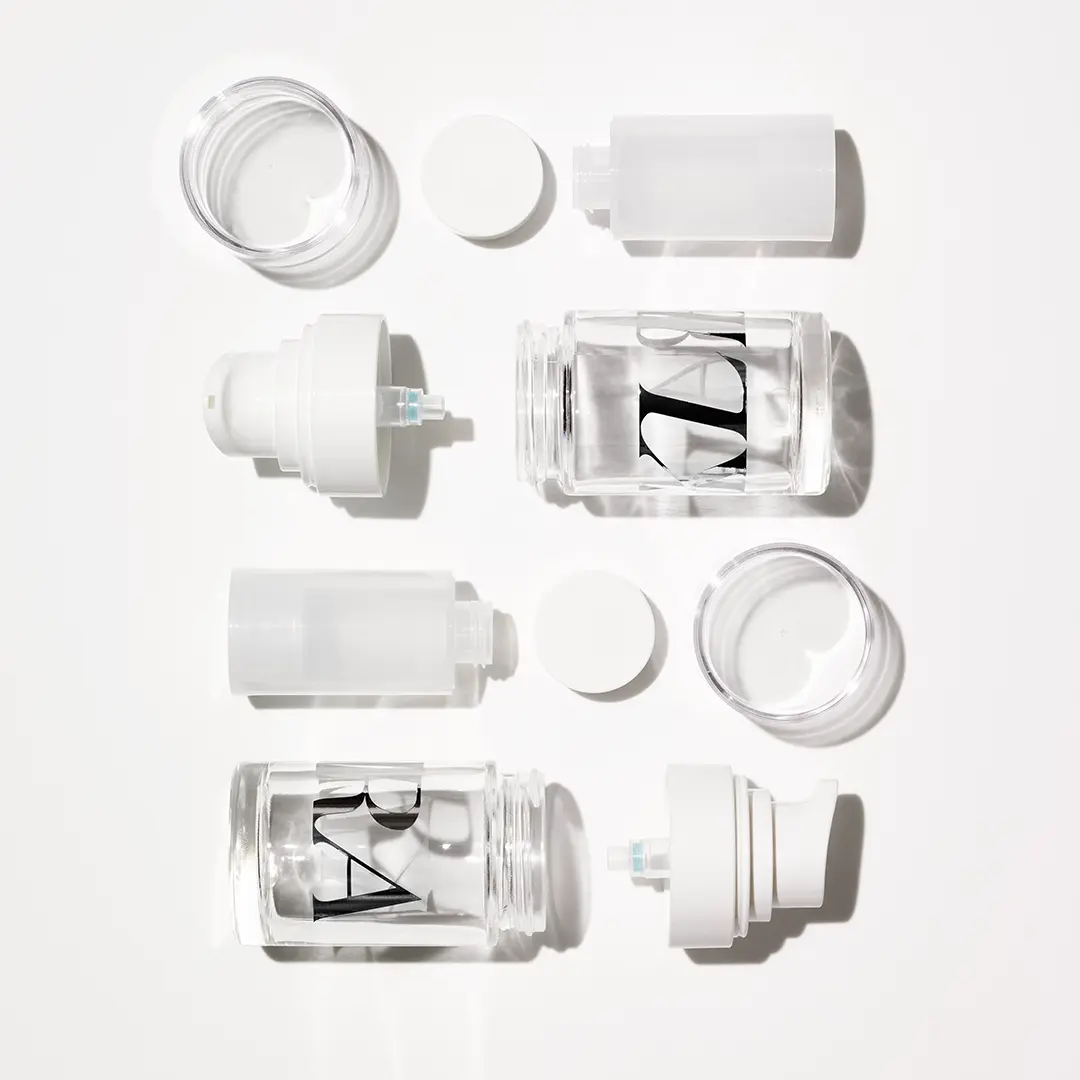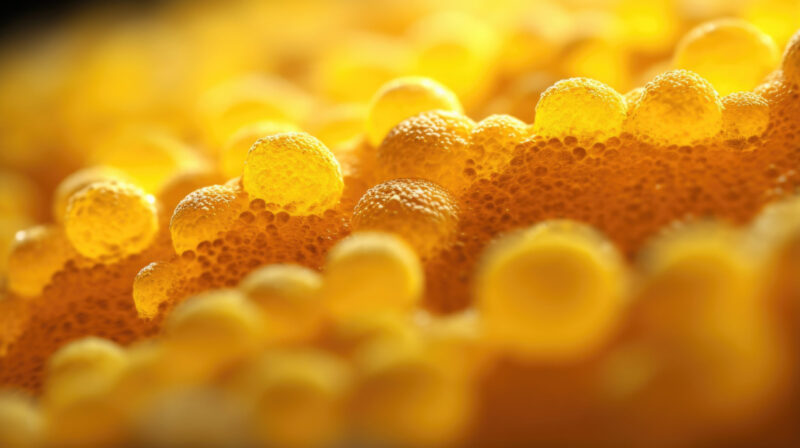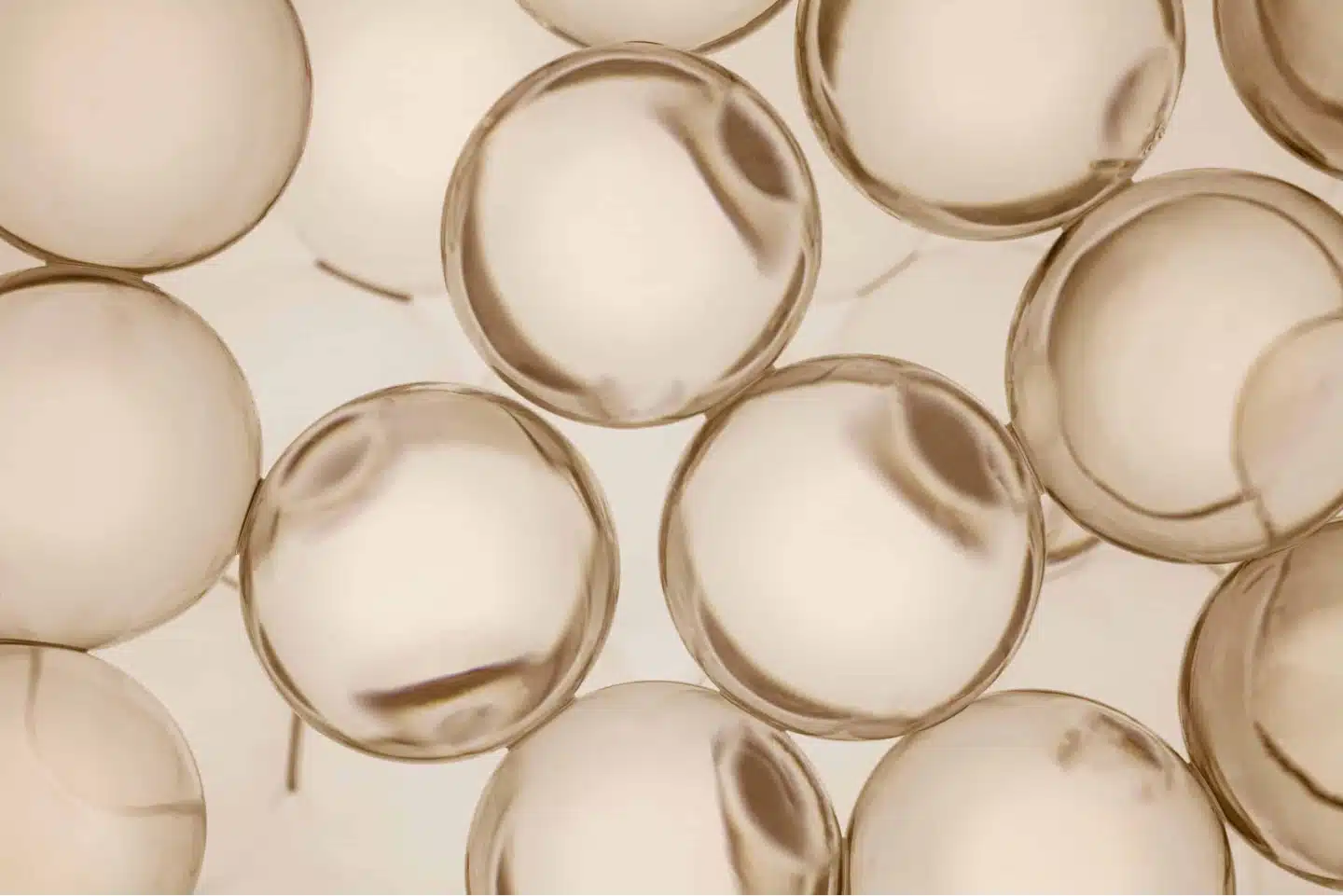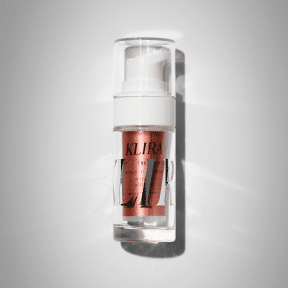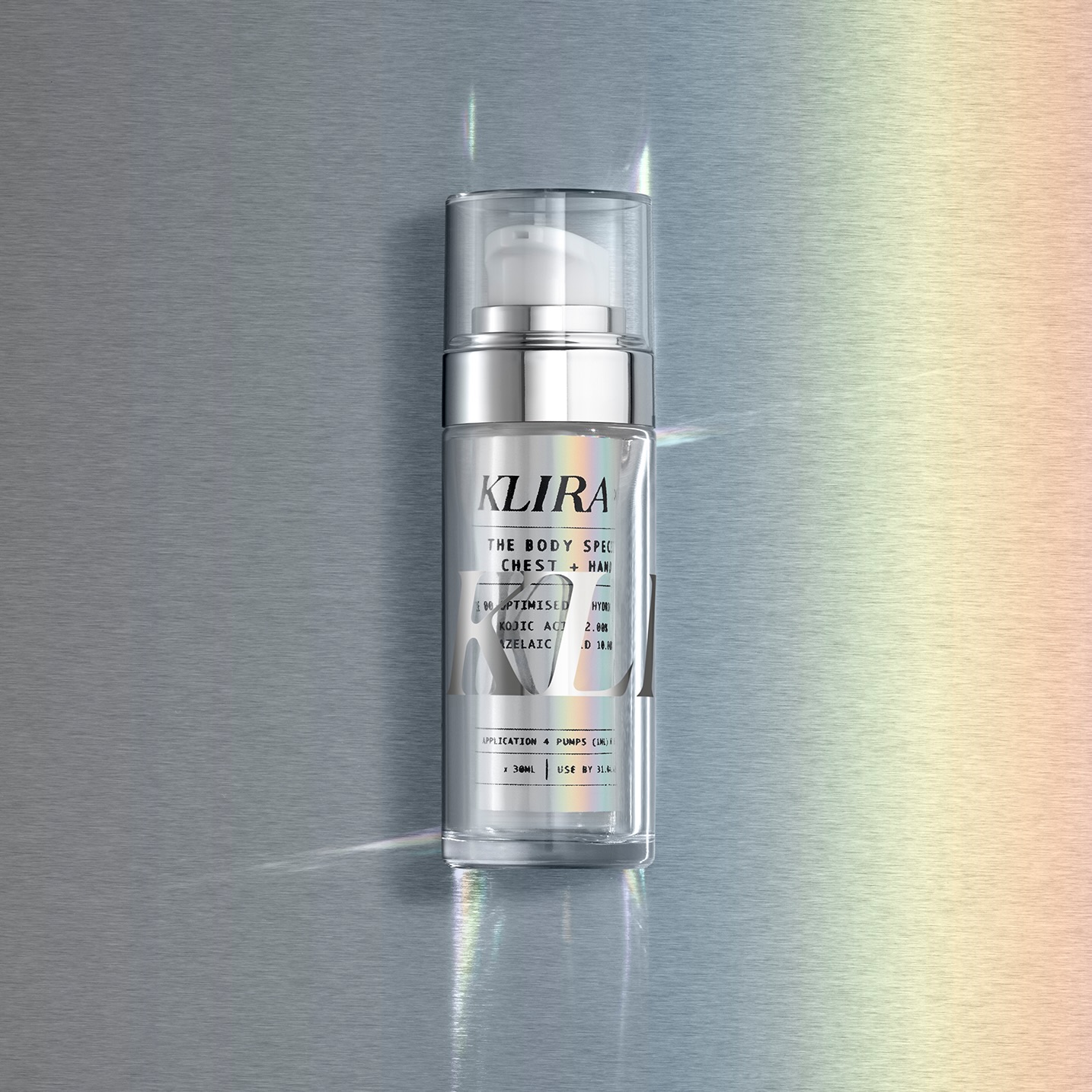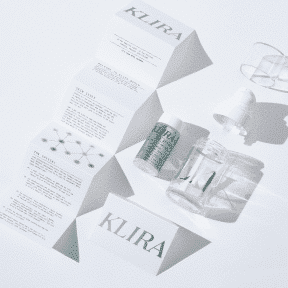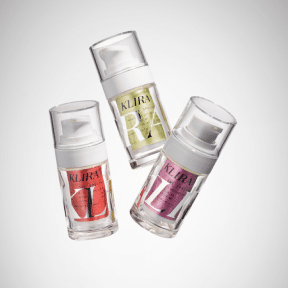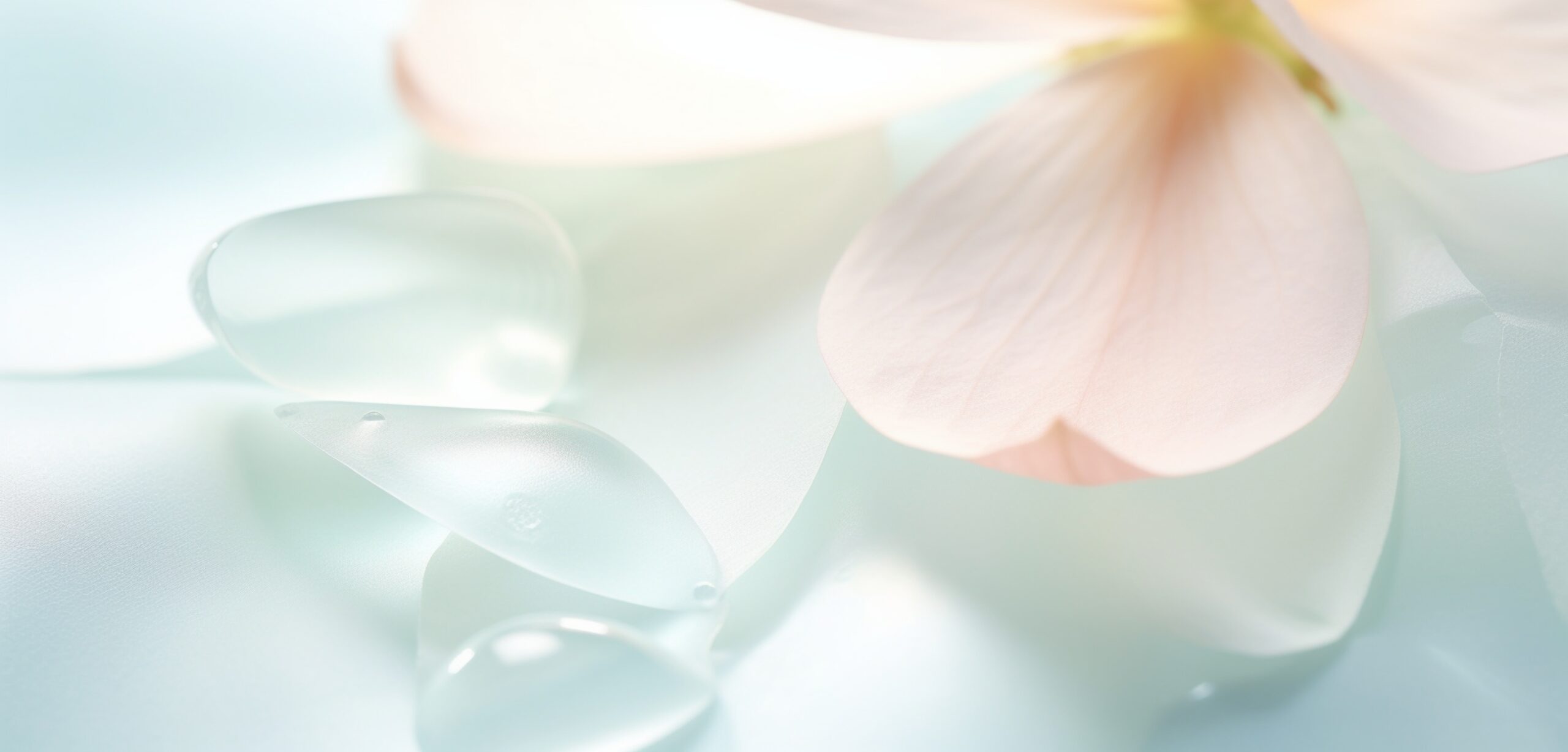
What is Tretinoin?
Tretinoin, also known as all-trans retinoic acid, is often hailed as the gold standard in skincare. You’ll be hard-pressed these days to find a dermatologist who doesn’t use Tretinoin on their own skin! It’s a prescription-only derivative of Vitamin A, clinically proven to accelerate skin cell turnover, unclog pores, improve fine lines, and fade pigmentation.
Unlike over-the-counter retinoids like retinol and retinal (retinaldehyde), which require conversion within the skin to become active, Tretinoin works in its active form immediately, delivering faster and more effective results.
Over-the-counter options like retinol must first convert into retinal and then into Tretinoin before becoming active. Retinal is one step closer, making it slightly more effective than retinol, but both are still significantly less potent than prescription Tretinoin.
How Does Tretinoin Work on the Skin?
Boosts Collagen
Tretinoin stimulates the production of collagen, the protein responsible for maintaining skin structure and firmness. It has a few mechanisms through which it does this, but one key way is through its stimulation of fibroblasts, which are the primary cells responsible for producing collagen.
With age, collagen levels naturally decline, leading to wrinkles and sagging skin. Tretinoin helps to restore collagen levels, enhancing skin elasticity and reducing fine lines. This collagen-boosting effect makes it a core ingredient in many anti-ageing regimens.
Speeds Up Cell Turnover
One of Tretinoin’s primary mechanisms is its ability to accelerate cell turnover. This process sheds dead skin cells faster and promotes the growth of fresh, healthy cells. The result? A smoother, more even skin texture and a reduction in fine lines and pigmentation. This increased turnover also prevents pore blockages, reducing breakouts and congestion.
Reduces Acne and Clogged Pores
Initially formulated for acne treatment, Tretinoin is highly effective at keeping pores clear and reducing inflammation. It works by speeding up cell turnover, helping your skin shed dead cells before they have a chance to clog pores. This process not only treats existing breakouts but also helps to prevent new ones from forming, leaving your skin clearer and smoother over time.
Benefits of Tretinoin for Different Skin Concerns
Anti-Ageing and Wrinkle Reduction
Tretinoin remains one of the most effective topical treatments for reducing the appearance of fine lines and wrinkles. Regular use not only smooths existing lines but also prevents new ones from forming by bolstering skin structure. Long-term application improves skin resilience and firmness, delaying visible signs of ageing.
Hyperpigmentation and Skin Texture
By enhancing cell turnover, Tretinoin helps to fade dark spots and even out skin tone. It also smooths rough patches, leading to a glowy complexion which reflects light more evenly. Over time, consistent use diminishes age spots and sun-induced pigmentation, revealing brighter, more even-toned skin.
Acne Management
As a potent retinoid, Tretinoin effectively reduces acne by preventing clogged pores and minimising inflammation. Studies have shown that it decreases the formation of open and closed comedones (blackheads and whiteheads) and reduces inflammatory lesions, making it a preferred choice for dermatologists.
Managing Tretinoin Side Effects
Irritation, Dryness, and Flaking
While highly effective, Tretinoin can cause initial irritation, dryness, and flaking as your skin adjusts. This is a normal part of the process, reflecting its powerful mechanism of action. These effects typically subside with continued use and can be managed with proper hydration and skin barrier-supporting creams.
Safe Use with Moisturisers and SPF
To mitigate irritation, dermatologists recommend pairing Tretinoin with hydrating moisturisers and daily SPF. This helps to protect the skin barrier and minimise sensitivity.
Using broad-spectrum SPF50 sunscreens (or as Dr Emma calls them, ‘radiation filters’) every single day, all year-round, is crucial, as Tretinoin increases photosensitivity. [Although Dr Emma would be the first to tell you that you should be using a radiation filter daily anyway!].
Tretinoin Usage Tips
Starting Slowly
Begin with a low strength and gradually increasing as your skin builds tolerance. This slow introduction helps your skin acclimate, reducing the likelihood of irritation.
Pairing with Barrier-Supporting Ingredients
Supporting Tretinoin with ingredients that fortify the skin barrier can reduce irritation and improve results. Look for hydrating ingredients such as ceramides and hyaluronic acid.
What to Expect from Pharmacy-Grade Tretinoin
Prescription Tretinoin is available in different formulations, including creams and gels. Strengths typically range from 0.025% to 0.1%, with medical guidance being crucial for achieving optimal results safely. The right formulation often depends on your skin type.
FAQs about Tretinoin
Can I use Tretinoin with other actives?
Yes, but it’s important to be mindful when combining Tretinoin with strong actives like AHAs or BHAs, as this can increase the risk of irritation. Instead, stick to a gentle cleanser, moisturizer, SPF, and a Vitamin C serum for an extra boost.
How long does it take to see results?
A skin cycle – the process where new skin cells move from the bottom layer to the surface – typically takes around 6 weeks. Most Tretinoin users start to see visible improvements within 12 weeks of consistent use (about two skin cycles). After that, the benefits continue to build, and skin health keeps improving over time.
What is Tretinoin used for?
Tretinoin is commonly used to treat acne, reduce signs of aging, fade hyperpigmentation, and improve overall skin texture.
Is long-term use of Tretinoin safe?
Yes, Tretinoin is generally safe for long-term use when monitored by a healthcare provider. However, it’s important to avoid Tretinoin when trying to conceive or during pregnancy.
Are there side effects from using a Tretinoin prescription?
Some common side effects include dryness, redness, and peeling, especially when you first start using it. These effects usually decrease as your skin adjusts over time.
Tretinoin vs Retinol: What’s the difference?
Tretinoin is a stronger, prescription-only retinoid, while retinol is a milder, over-the-counter option. Tretinoin works faster and more effectively because it doesn’t need to be converted by the skin to become active. In contrast, retinol must first convert into retinal and then into Tretinoin, making it less potent.
References
- Kligman AM, Grove GL, Hirose R, Leyden JJ. Topical tretinoin for photoaged skin. J Am Acad Dermatol. 1986;15(4):836–59. Available from: https://doi.org/10.1016/S0190-9622(86)70242-9
- Griffiths CE, Russman AN, Majmudar G, Singer RS, Hamilton TA, Voorhees JJ. Restoration of collagen formation in photodamaged human skin by tretinoin (retinoic acid). N Engl J Med. 1993;329(8):530–5. Available from: https://doi.org/10.1056/NEJM199308193290803
- Schmidt N, Gans EH. Tretinoin: a review of its anti-inflammatory properties in the treatment of acne. J Clin Aesthet Dermatol. 2011;4(11):22.
- National Institute for Health and Care Excellence (NICE). Acne vulgaris: topical retinoids. Clinical Knowledge Summaries [Internet]. 2023 [cited 2025 May 22]. Available from: https://cks.nice.org.uk/topics/acne-vulgaris/prescribing-information/topical-retinoids/
- Tretinoin for acne. Patient.info [Internet]. 2023 [cited 2025 May 22]. Available from: https://patient.info/medicine/tretinoin-for-acne
Our Dermatology Team will review your SkinSize™ Analysis, medical information, and photos to decide which ingredients you will receive in your bespoke formula.

